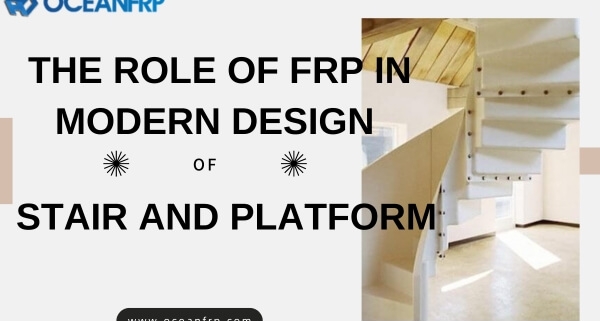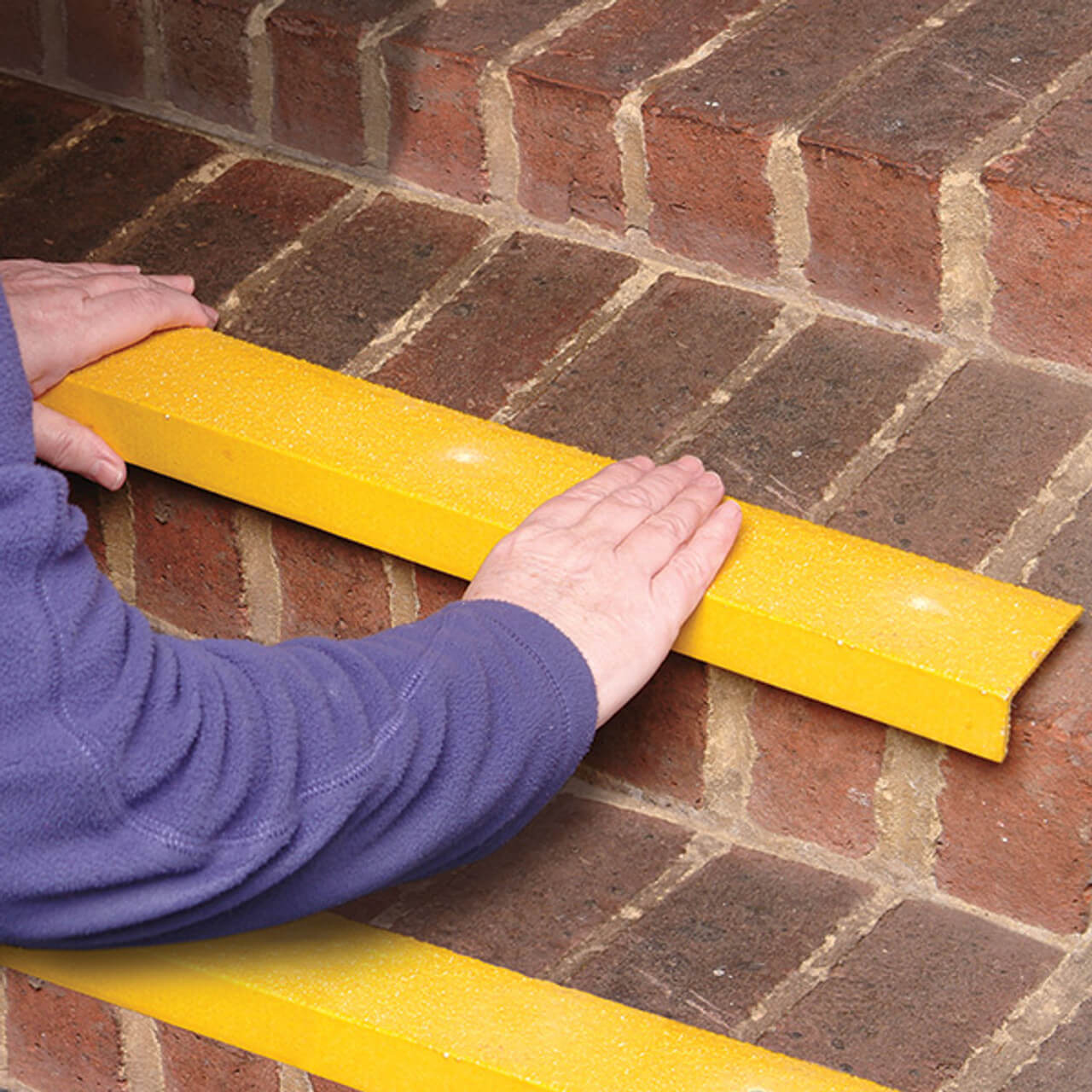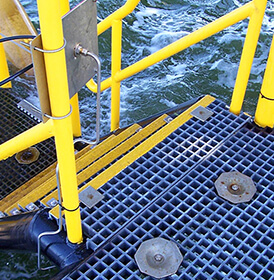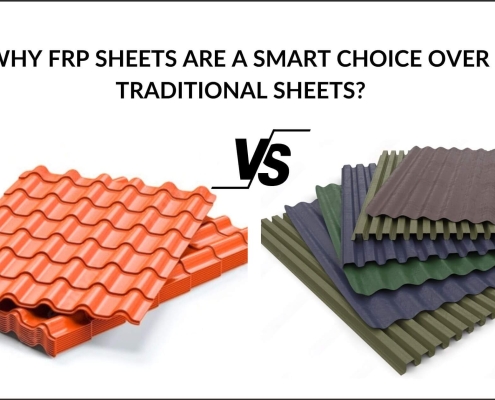The Role of FRP in Modern Stair and Platform Design
FRP Stair and Platform Design: Modern stair and platform design plays a crucial role in the construction industry, offering innovative solutions for structural integrity. FRP (Fiber-Reinforced Polymer) materials have revolutionized these designs, providing exceptional strength and durability. Today, we delve into the key aspects of FRP Stair and Platform systems, focusing on design considerations, advantages over traditional materials, and regulatory compliance. Additionally, we will explore the benefits of FRP stair treads and FRP stair nosing in enhancing safety and longevity in various applications.
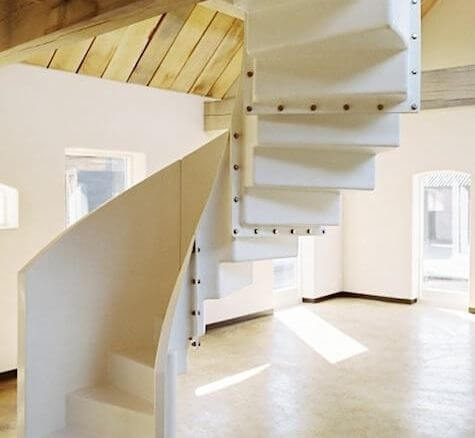
Design Considerations for FRP Stair and Platform Systems
Material Selection
When comparing FRP composites to traditional materials like plastic, concrete, metal, and wood, the advantages of FRP become evident. FRP stands out as a superior choice due to its exceptional durability and strength. Unlike conventional building materials, FRP efficiently overcomes their limitations. The tensile strength of FRP surpasses that of concrete, making it an ideal option for reinforcing structures effectively.
Structural Design
In terms of load-bearing capacity and flexibility in design, FRP stair and platform systems offer significant advantages over traditional alternatives. The corrosion resistance of FRP surpasses that of steel, ensuring longevity and reliability in various applications. Additionally, the ease of installation further highlights the benefits of choosing FRP composites for structural fabrication systems.
Installation Process
The ease of installation is a key factor when considering materials for stair and platform systems. With FRP, the installation process is streamlined and efficient. Unlike steel or concrete options that may require complex installation procedures, FRP composites offer a straightforward approach that saves time and resources. Moreover, the cost implications favor FRP, as its long-lasting properties diminish the need for costly repairs or reconstructions down the road.
Advantages of FRP over Traditional Materials
Durability and Longevity
When comparing FRP to traditional materials like steel, concrete, or wood, the benefits of FRP become evident. The durability and longevity of FRP platforms and stair treads are unmatched in various applications. Unlike steel that is prone to corrosion over time, FRP composites offer exceptional resistance to environmental factors, ensuring a longer lifespan for structures. Additionally, the impact resistance of FRP stair treads makes them ideal for high-traffic areas where wear and tear are common.
Safety Features
The non-conductive properties of FRP stair and platform systems make them a safer alternative compared to traditional materials like metal. In environments where electrical conductivity is a concern, FRP composites provide an added layer of safety. Moreover, the slip resistance of FRP stair treads ensures stability and reduces the risk of accidents in both indoor and outdoor settings. By incorporating these safety features into design considerations, FRP platforms and stairs prioritize user well-being without compromising on performance.
Cost Efficiency
In terms of cost efficiency, choosing FRP stair treads over traditional materials presents significant advantages. The lower maintenance costs associated with FRP composites translate to long-term savings for property owners. Unlike wood that requires regular staining or steel that needs anti-corrosion treatments, FRP stairs require minimal upkeep while maintaining their structural integrity. This cost-effective solution not only reduces operational expenses but also extends the service life of the structure.
“Strongwell Corporation’s case studies have demonstrated the benefits of using FRP platforms in various industries. The durability, safety features, and cost efficiency of FRP materials have made them a preferred choice for modern construction projects.”
Regulatory Compliance and Safety Standards
Industry Standards
ISO 9001 Certification: Ensuring quality management systems meet the needs of customers is a critical aspect of modern construction projects. ISO 9001 certification signifies adherence to international standards for quality assurance and customer satisfaction. By implementing ISO 9001 guidelines, companies demonstrate their commitment to delivering products that consistently meet regulatory requirements and enhance customer trust.
ASTM E-84 Certification: Assessing the surface burning characteristics of building products is essential for ensuring safety in construction materials. The ASTM E-84 certification evaluates flame spread and smoke development indexes, providing valuable insights into the fire performance of materials used in stair and platform design. This certification plays a vital role in determining the relative burning behavior of FRP composites, emphasizing their safety features and compliance with industry standards.
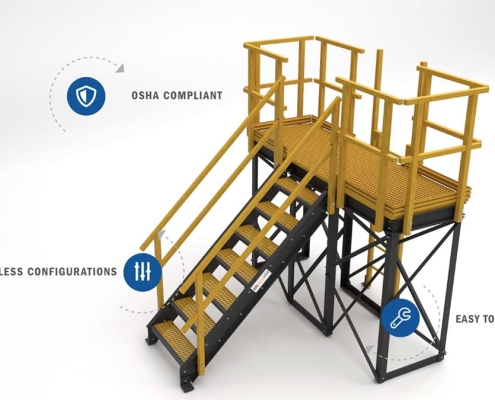
Safety Regulations
Workplace Safety Benefits: Prioritizing workplace safety is paramount in any industry, especially in construction where hazards are prevalent. Utilizing FRP platforms and stair systems equipped with safety features such as non-conductive properties and slip resistance enhances worker protection. By incorporating these safety measures, companies create a secure environment that reduces the risk of accidents and promotes employee well-being.
Compliance with Safety Standards: Adhering to safety regulations is not only a legal requirement but also a moral obligation for companies involved in construction projects. Compliance with safety standards ensures that structures built using FRP composites meet industry-specific guidelines for durability, stability, and user safety. By following established safety protocols, organizations demonstrate their commitment to creating safe environments that prioritize both structural integrity and human welfare.
In summary, the blog highlighted the superior qualities of FRP Stair and Platform systems in modern construction. The durability and safety features of FRP stair treads and FRP stair nosing outshine traditional materials, ensuring long-lasting protection. Businesses seeking innovative solutions should consider FRP for their projects to enhance structural integrity and user safety. For more information on incorporating FRP Stair and Platform designs, reach out to OCEANFRP for expert guidance.

